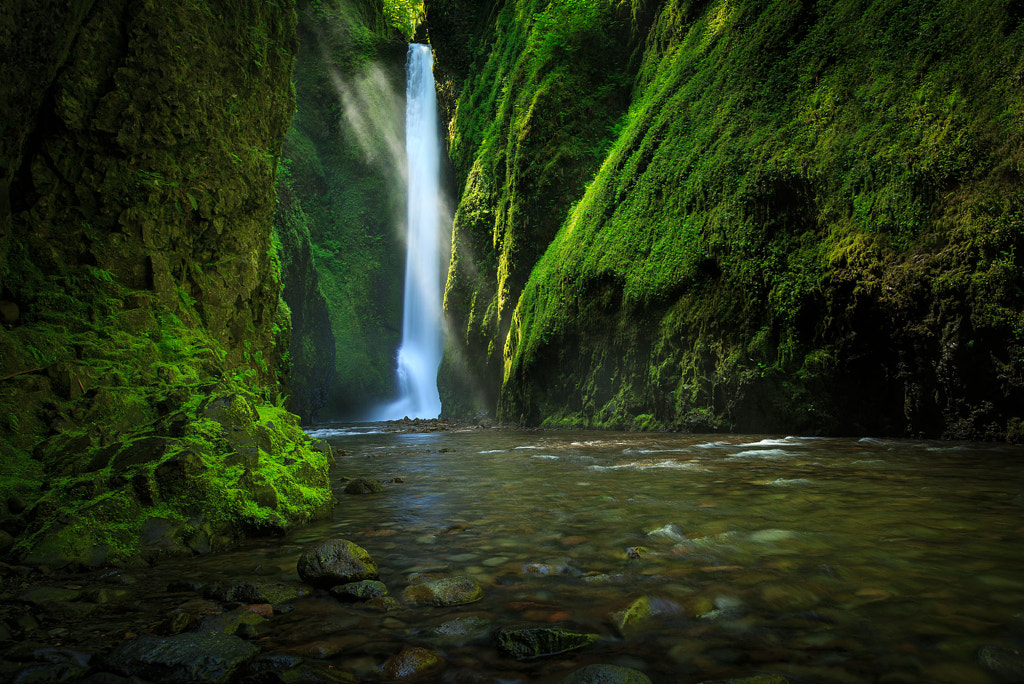 Our friend Hudson Henry is hosting two upcoming workshops, one a five-day excursion in beautiful Charleston, South Carolina, the other a three-day workshop out on the Oregon Coast. If you’ve been looking for an opportunity to study with Hudson, these are perfect opportunities to deepen your photo skills with an expressive and eloquent teacher, one with a fine eye, a keen understanding of photographic history, and an easygoing manner. Hudson’s workshops are extensively researched and planned to help you get great shots, and the small size of his workshops guarantees plenty of one-on-one time in the field and in the classroom.
Our friend Hudson Henry is hosting two upcoming workshops, one a five-day excursion in beautiful Charleston, South Carolina, the other a three-day workshop out on the Oregon Coast. If you’ve been looking for an opportunity to study with Hudson, these are perfect opportunities to deepen your photo skills with an expressive and eloquent teacher, one with a fine eye, a keen understanding of photographic history, and an easygoing manner. Hudson’s workshops are extensively researched and planned to help you get great shots, and the small size of his workshops guarantees plenty of one-on-one time in the field and in the classroom.
Charleston (April)
The Charleston workshop runs for five days, from April 13-17, and includes class time and excursions throughout the historic city center and many of the natural wonders around the area:
There’s good reason for Charleston, South Carolina’s rapid rise as one of the United States’ premier tourism destinations. Food, history, architecture, and beautiful wetlands full of birds and wildlife—this amazing city has something for every photographic style and taste. In this small workshop we’ll split time between exploring this epic location and honing your photographic skills and creative vision through classroom training, shooting, editing and critiques.
We’ll be basing our workshop in the heart of historic Charleston, within easy reach of its culinary and historic treasures. We will also take excursions outside the city, to such locations as Bull Island, the Magnolia Plantation, and Audubon’s Francis Beidler Forest.
Read more


 We’ve long advocated Photoshop Elements as the ideal non-subscription image editing app: it is cross-platform, has a decent Organizer, and almost all of the features found in the full version of Photoshop. Right now, through Feb. 20, Photoshop Elements
We’ve long advocated Photoshop Elements as the ideal non-subscription image editing app: it is cross-platform, has a decent Organizer, and almost all of the features found in the full version of Photoshop. Right now, through Feb. 20, Photoshop Elements 
 Our friend Hudson Henry is hosting two upcoming workshops, one a five-day excursion in beautiful Charleston, South Carolina, the other a three-day workshop out on the Oregon Coast. If you’ve been looking for an opportunity to study with Hudson, these are perfect opportunities to deepen your photo skills with an expressive and eloquent teacher, one with a fine eye, a keen understanding of photographic history, and an easygoing manner. Hudson’s workshops are extensively researched and planned to help you get great shots, and the small size of his workshops guarantees plenty of one-on-one time in the field and in the classroom.
Our friend Hudson Henry is hosting two upcoming workshops, one a five-day excursion in beautiful Charleston, South Carolina, the other a three-day workshop out on the Oregon Coast. If you’ve been looking for an opportunity to study with Hudson, these are perfect opportunities to deepen your photo skills with an expressive and eloquent teacher, one with a fine eye, a keen understanding of photographic history, and an easygoing manner. Hudson’s workshops are extensively researched and planned to help you get great shots, and the small size of his workshops guarantees plenty of one-on-one time in the field and in the classroom. Amidst the fury that surrounded Adobe’s fall Lightroom announcements (see
Amidst the fury that surrounded Adobe’s fall Lightroom announcements (see 










